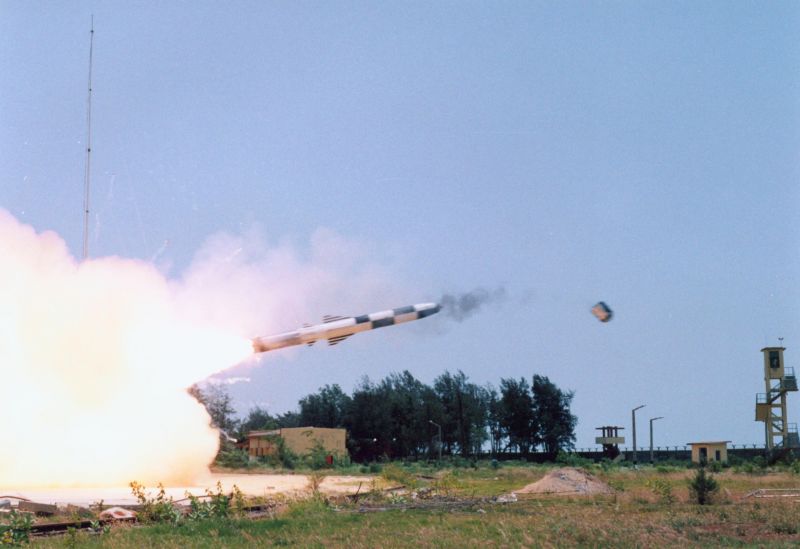Indian Defence Industries
First News portal dedicated to the Indian Defence Industry
Indian Defence Industries
First News portal dedicated to the Indian Defence Industry




